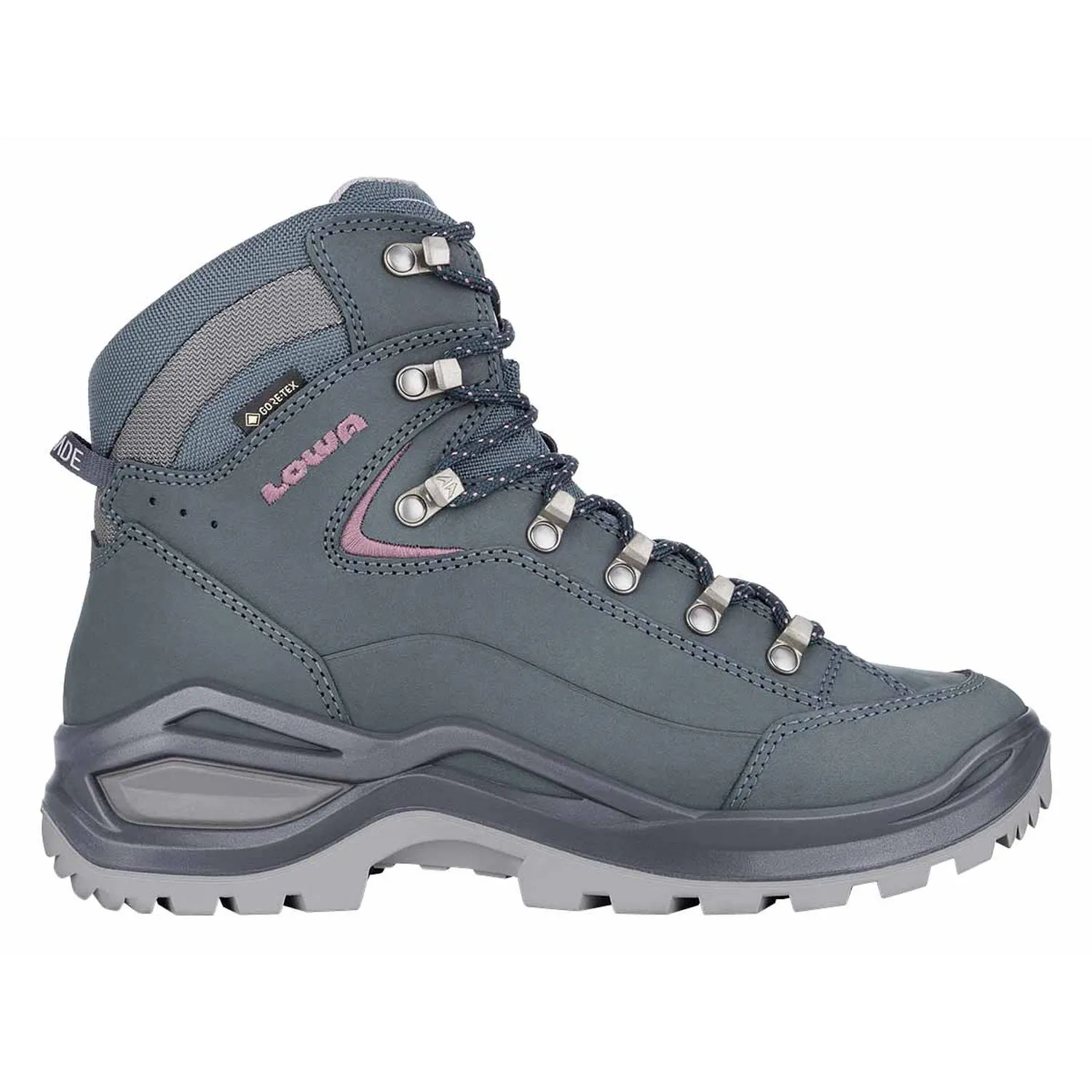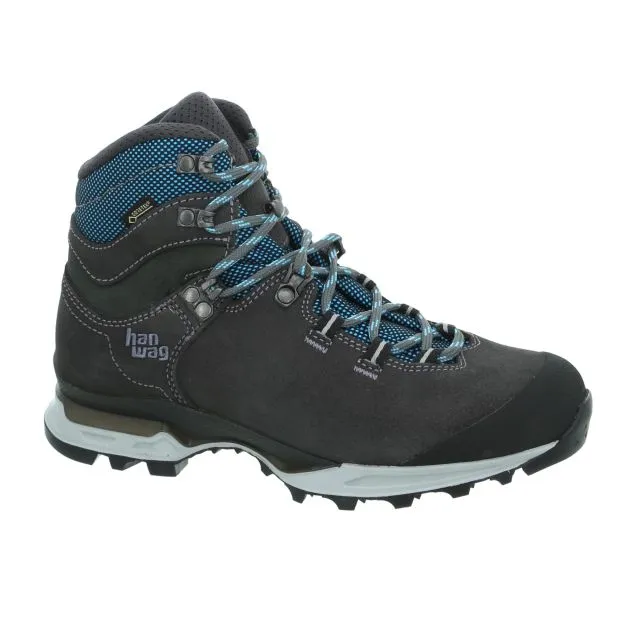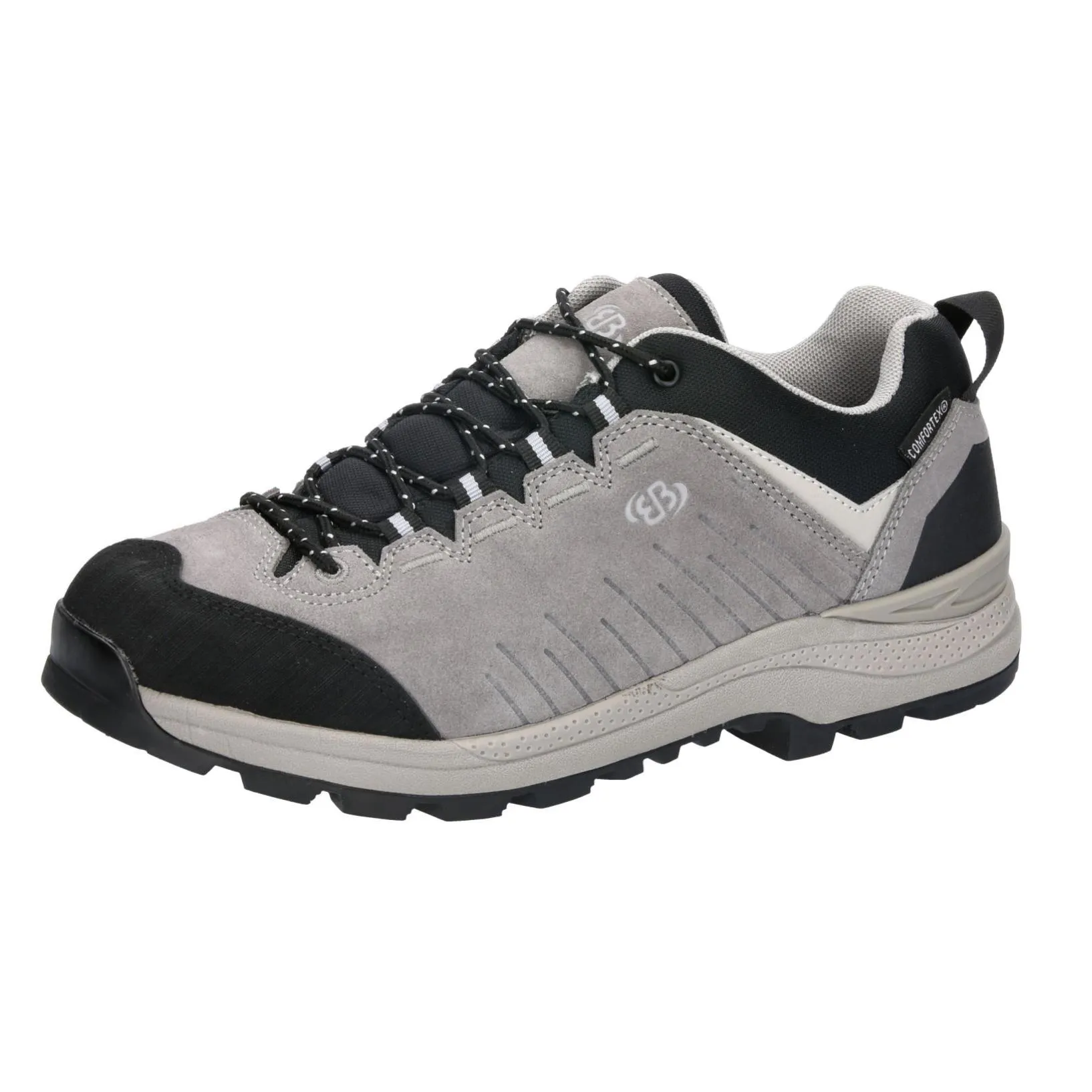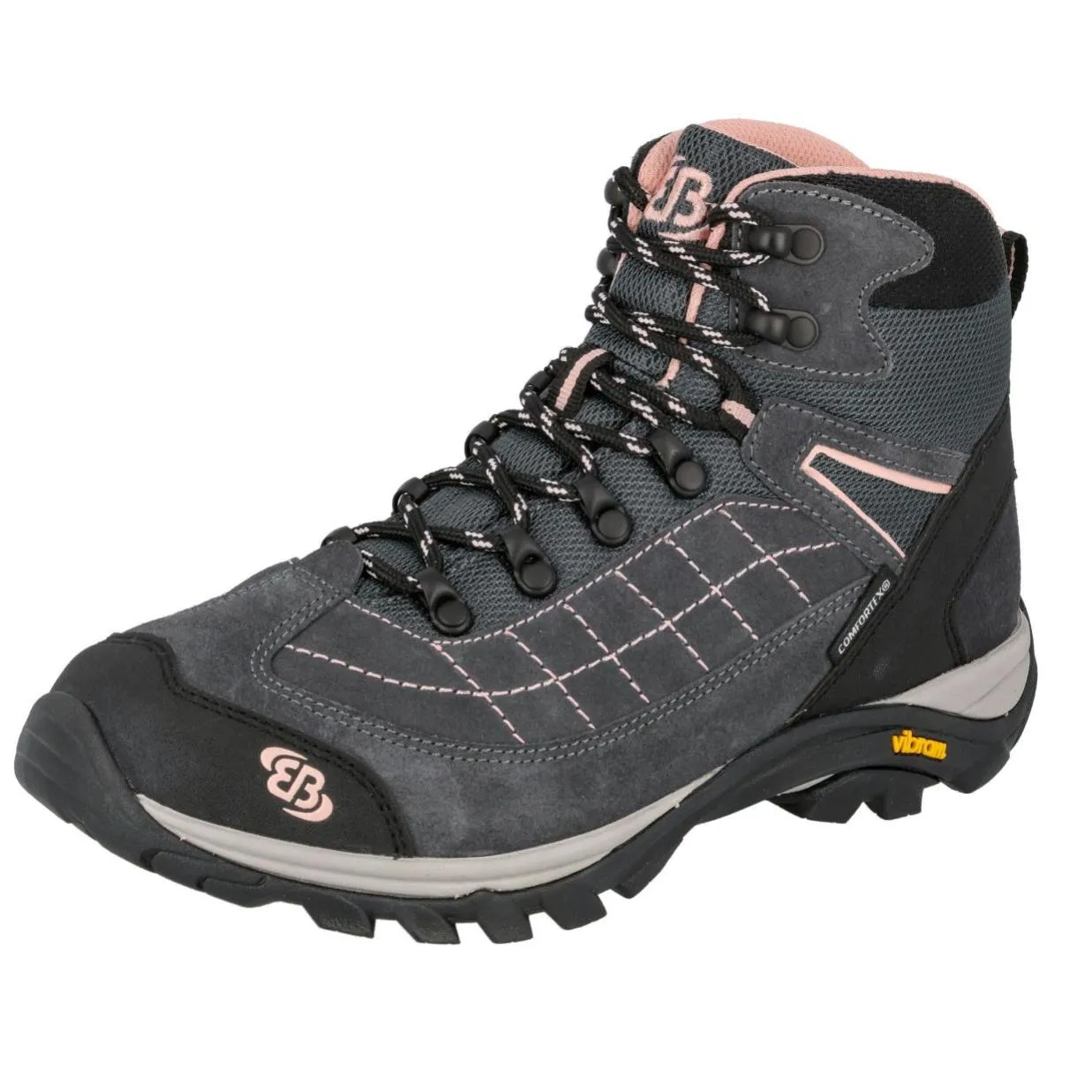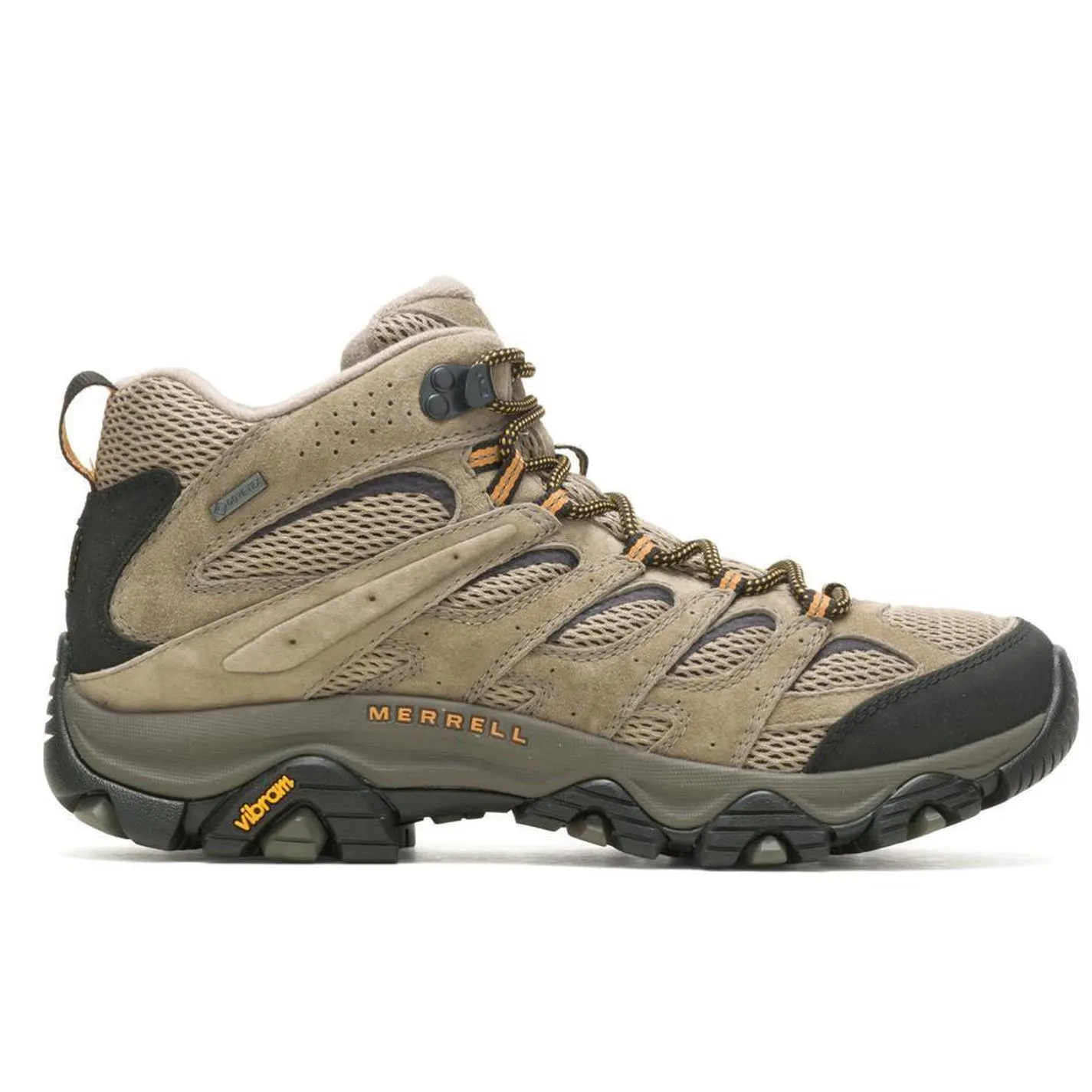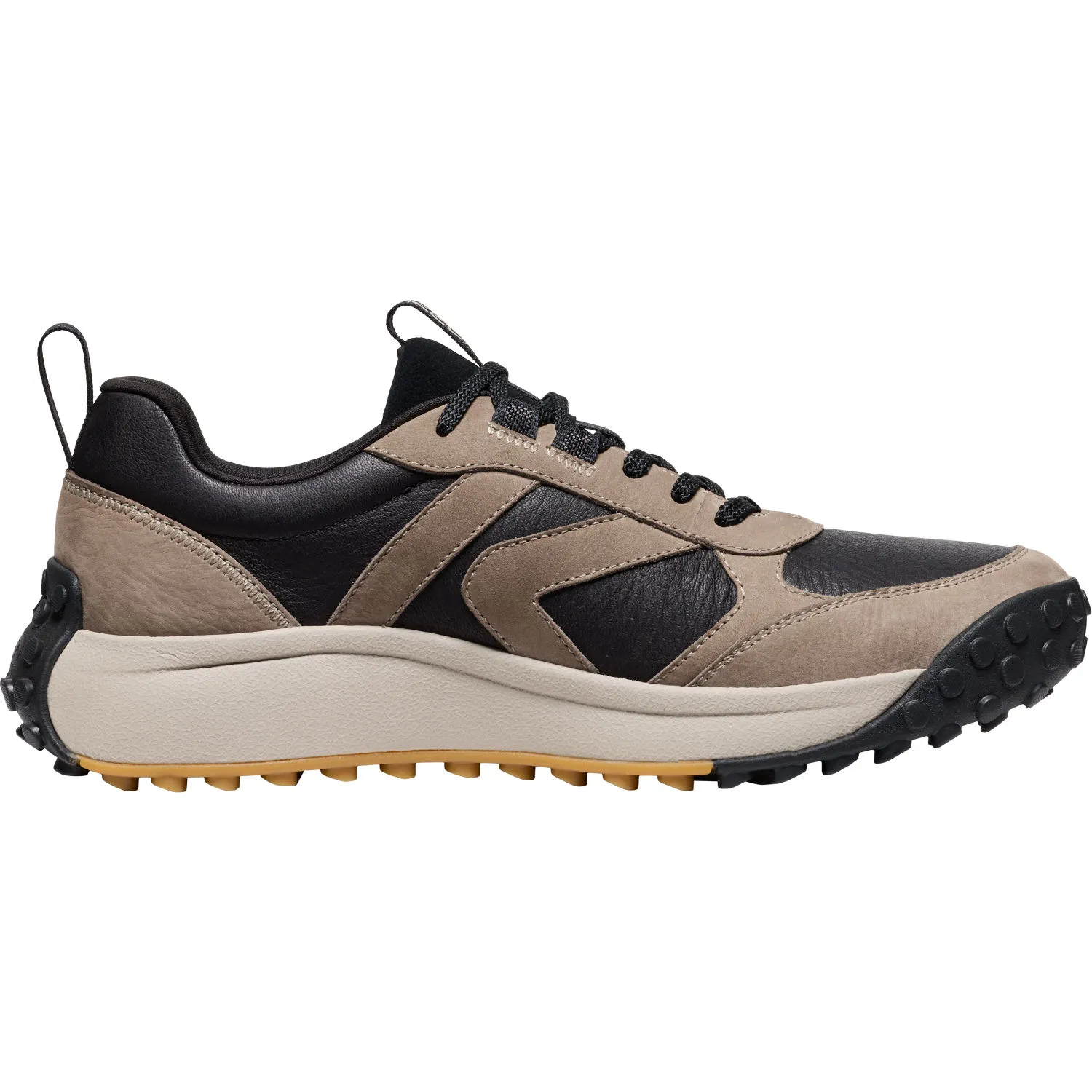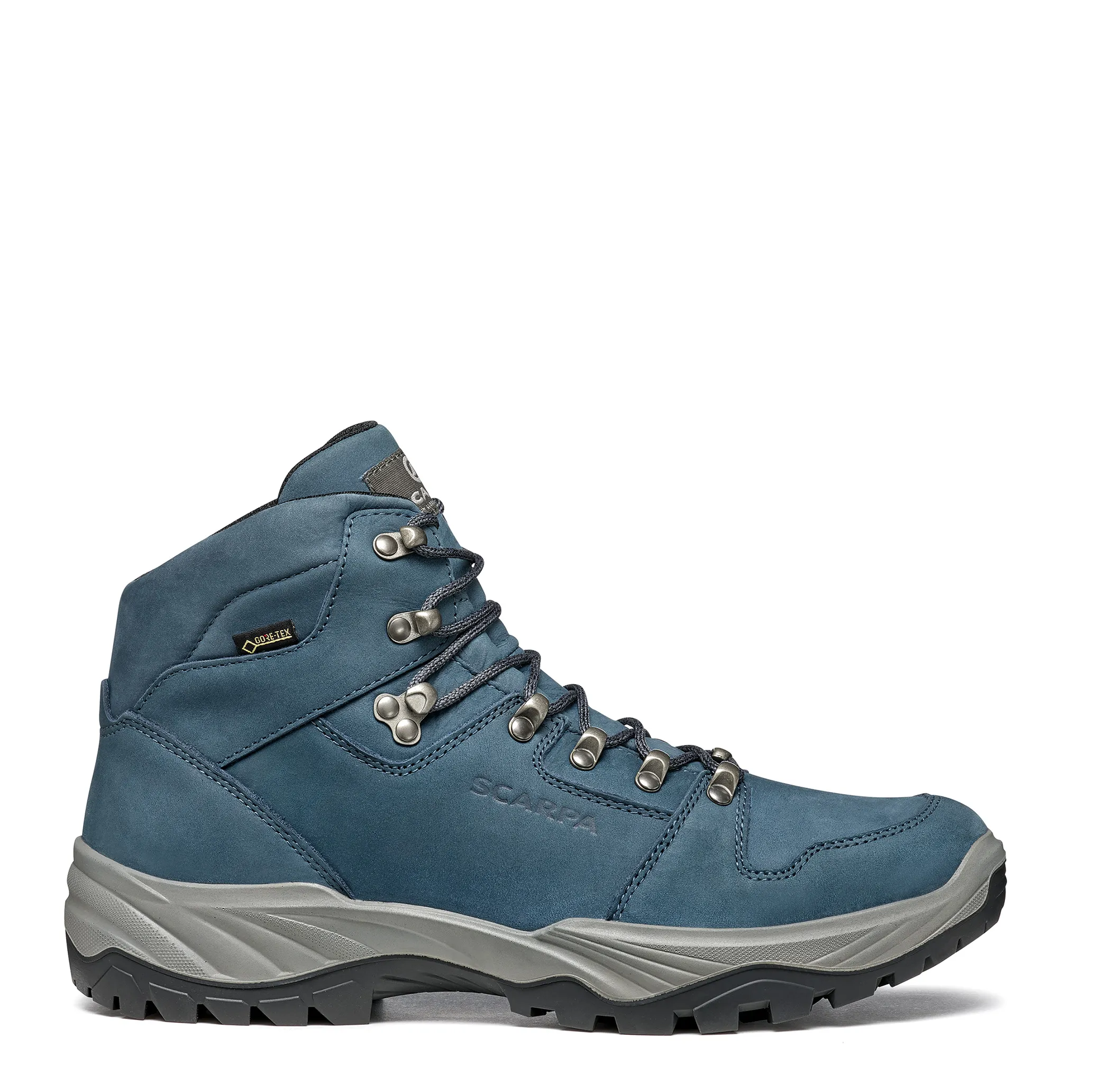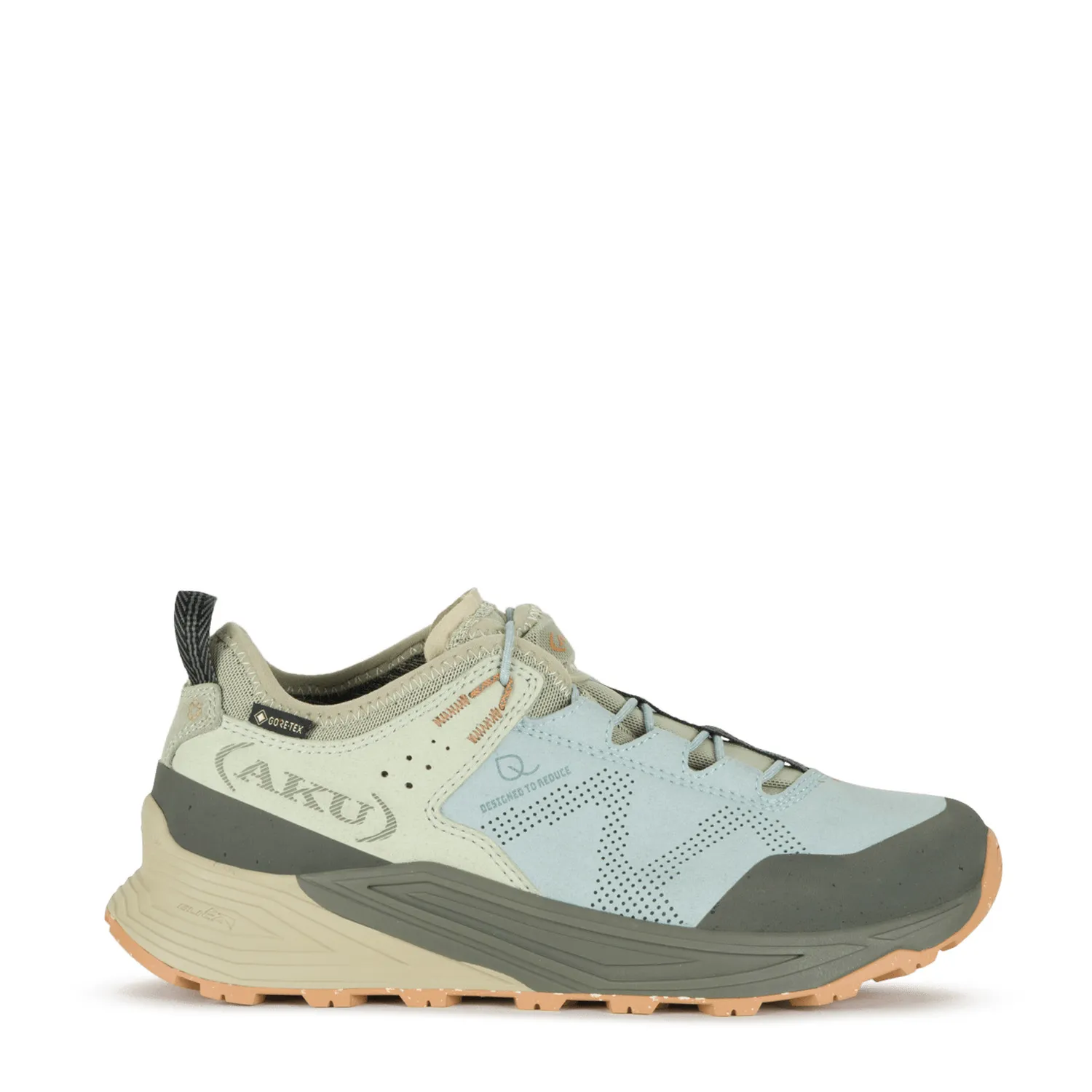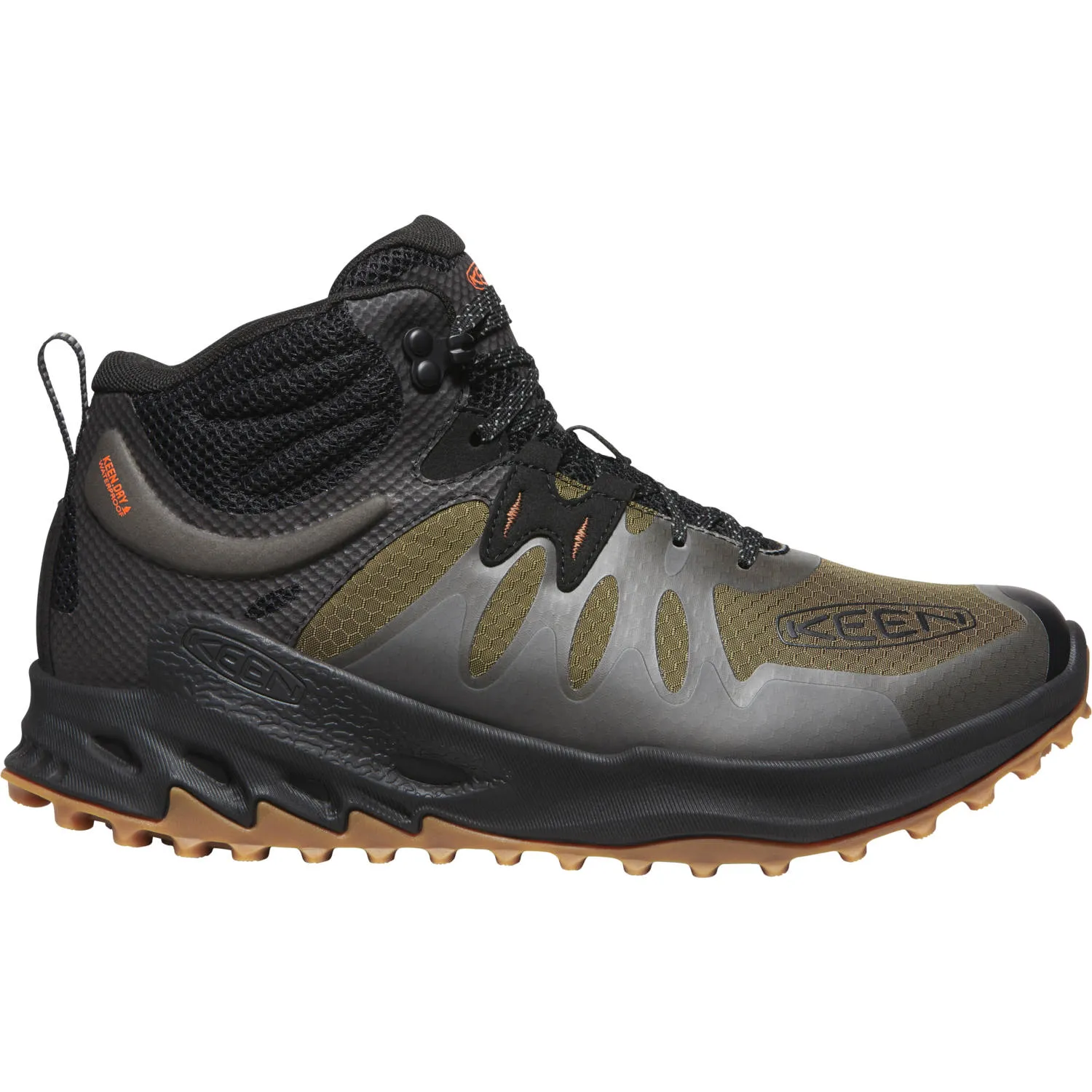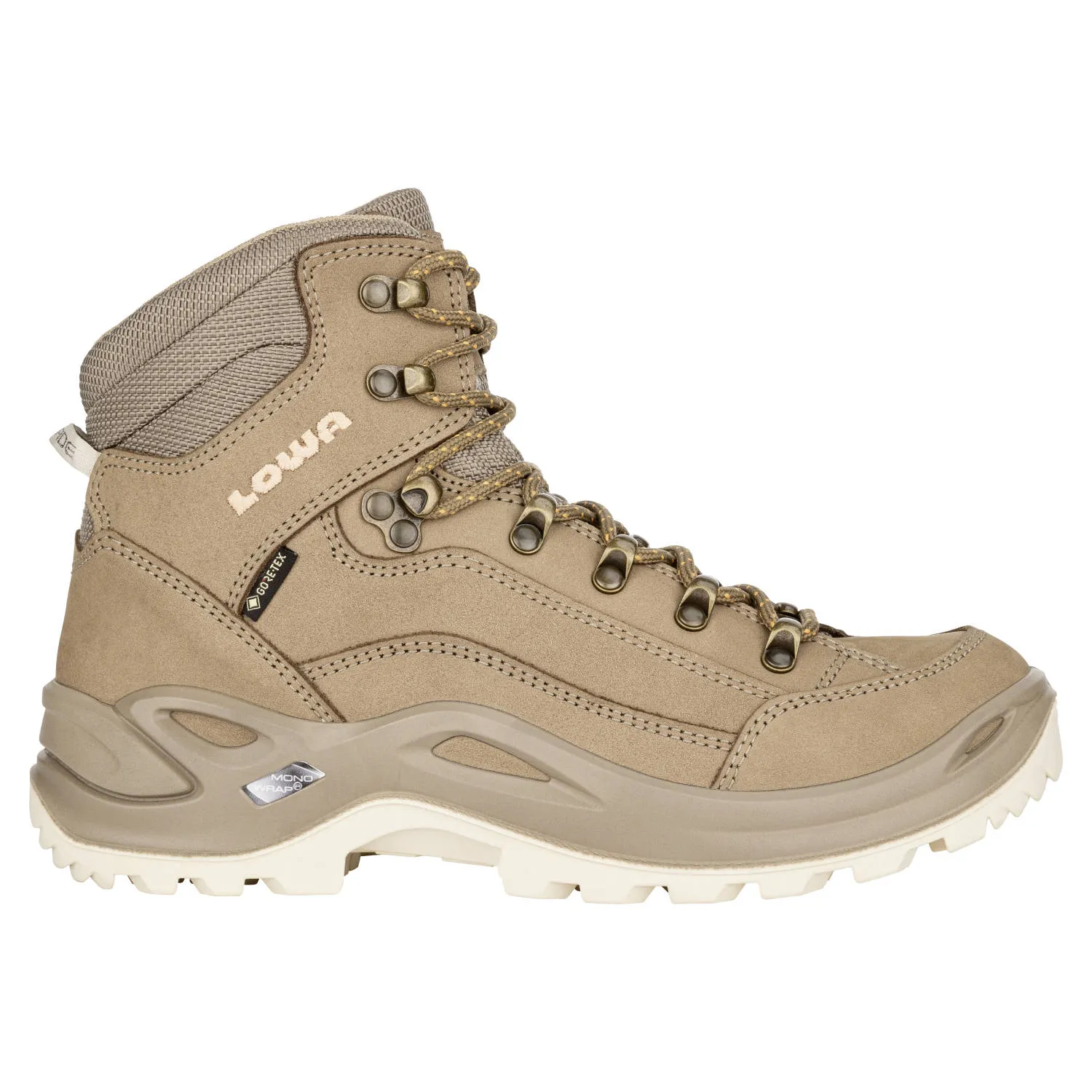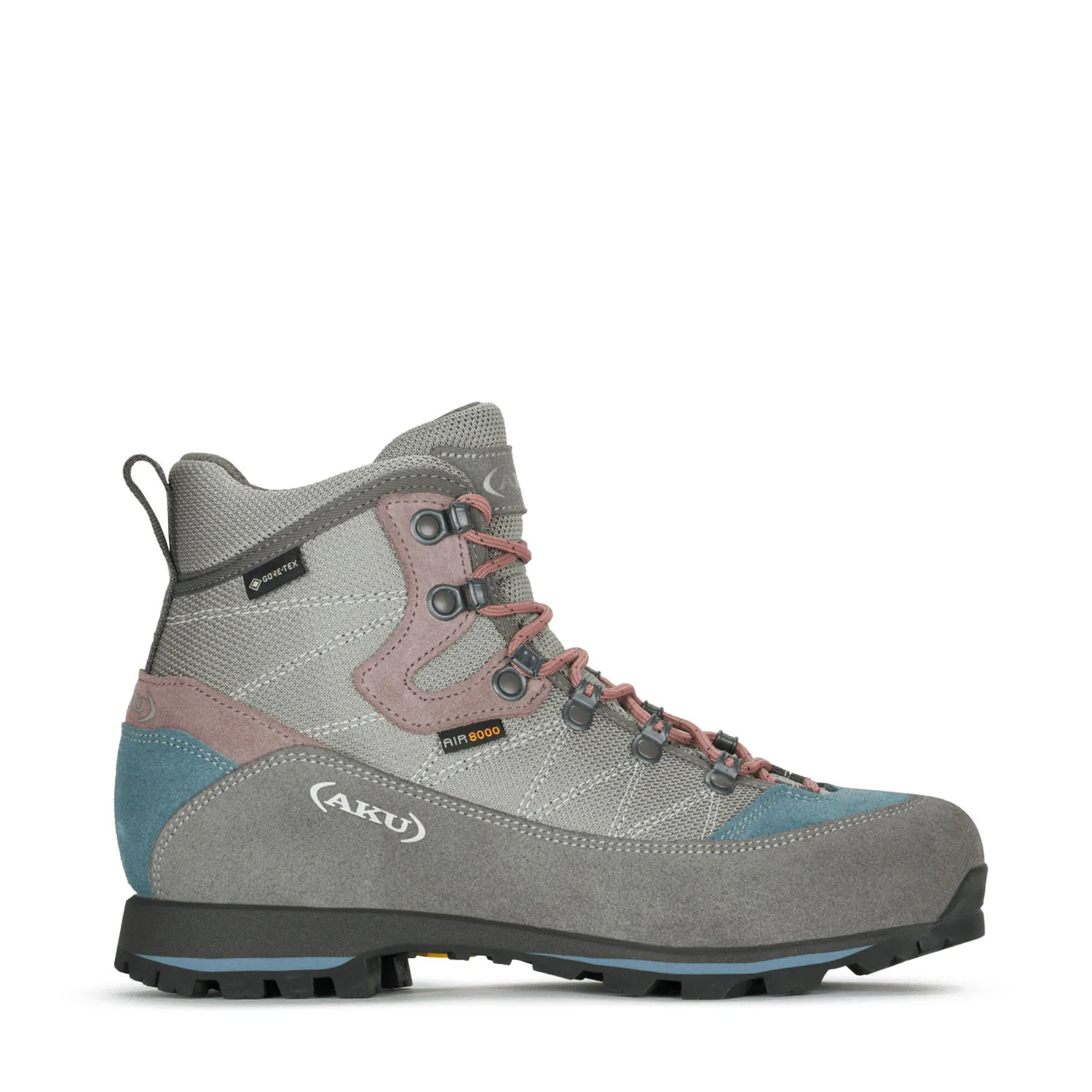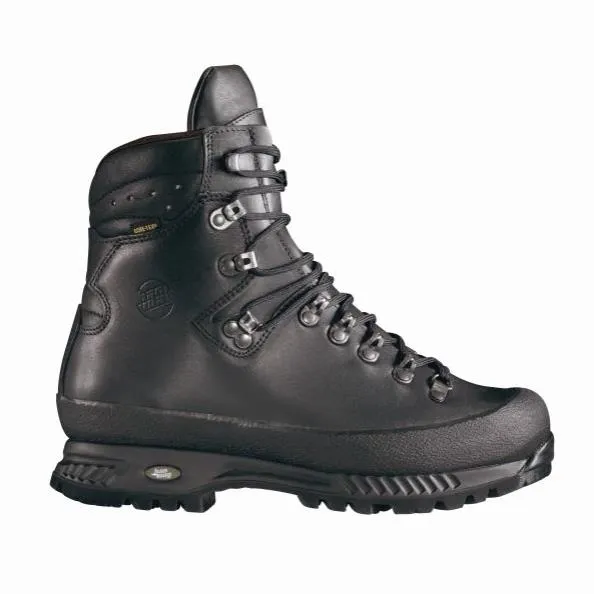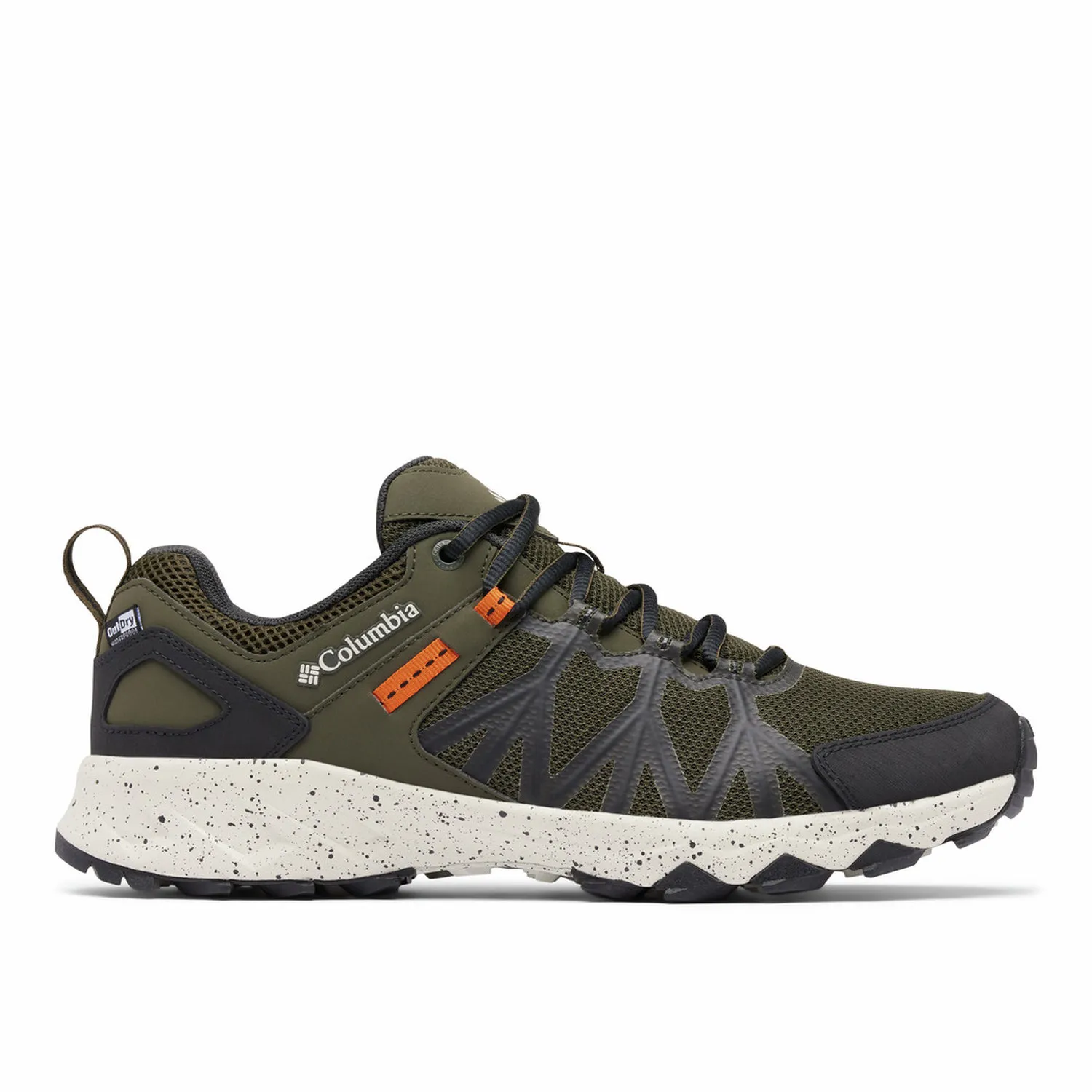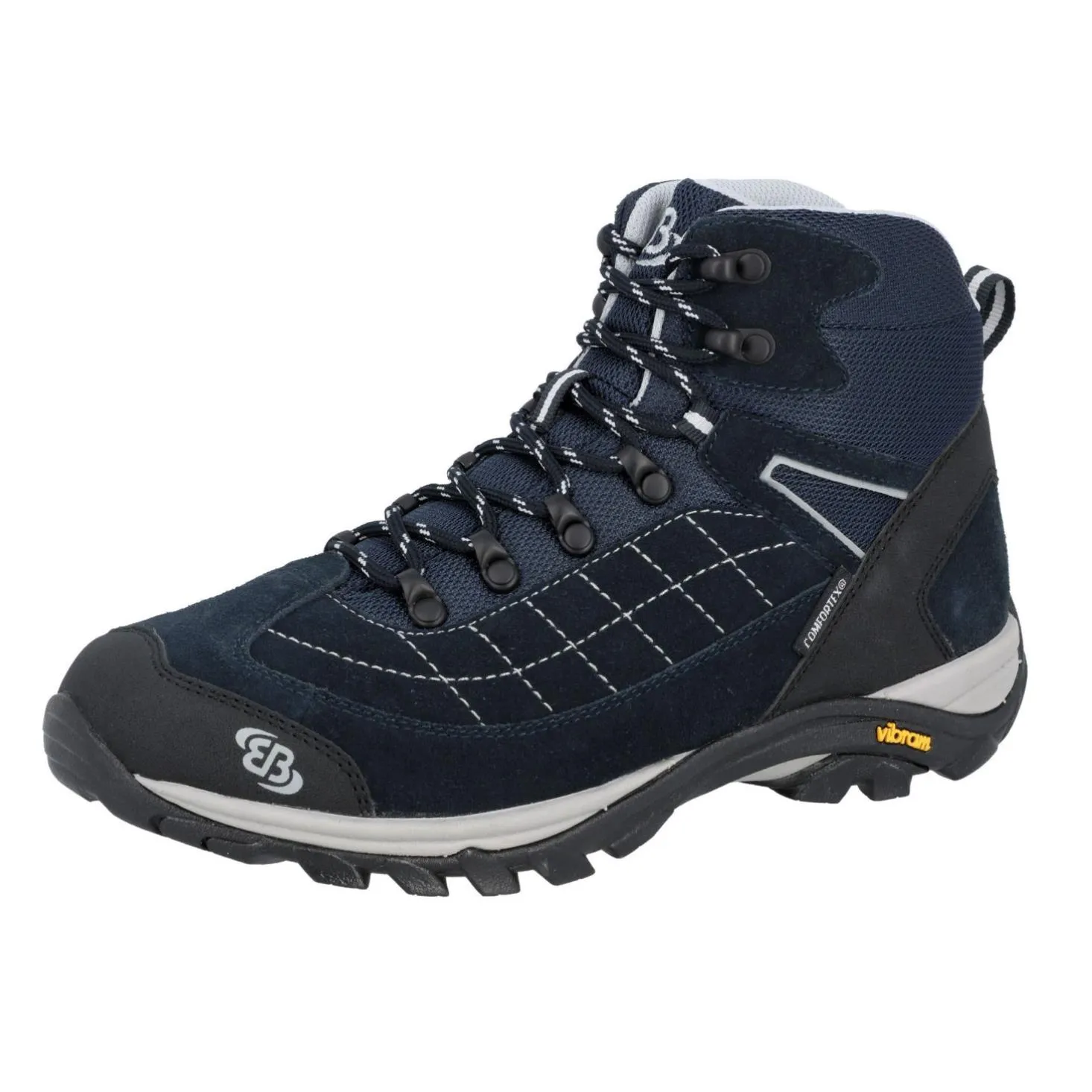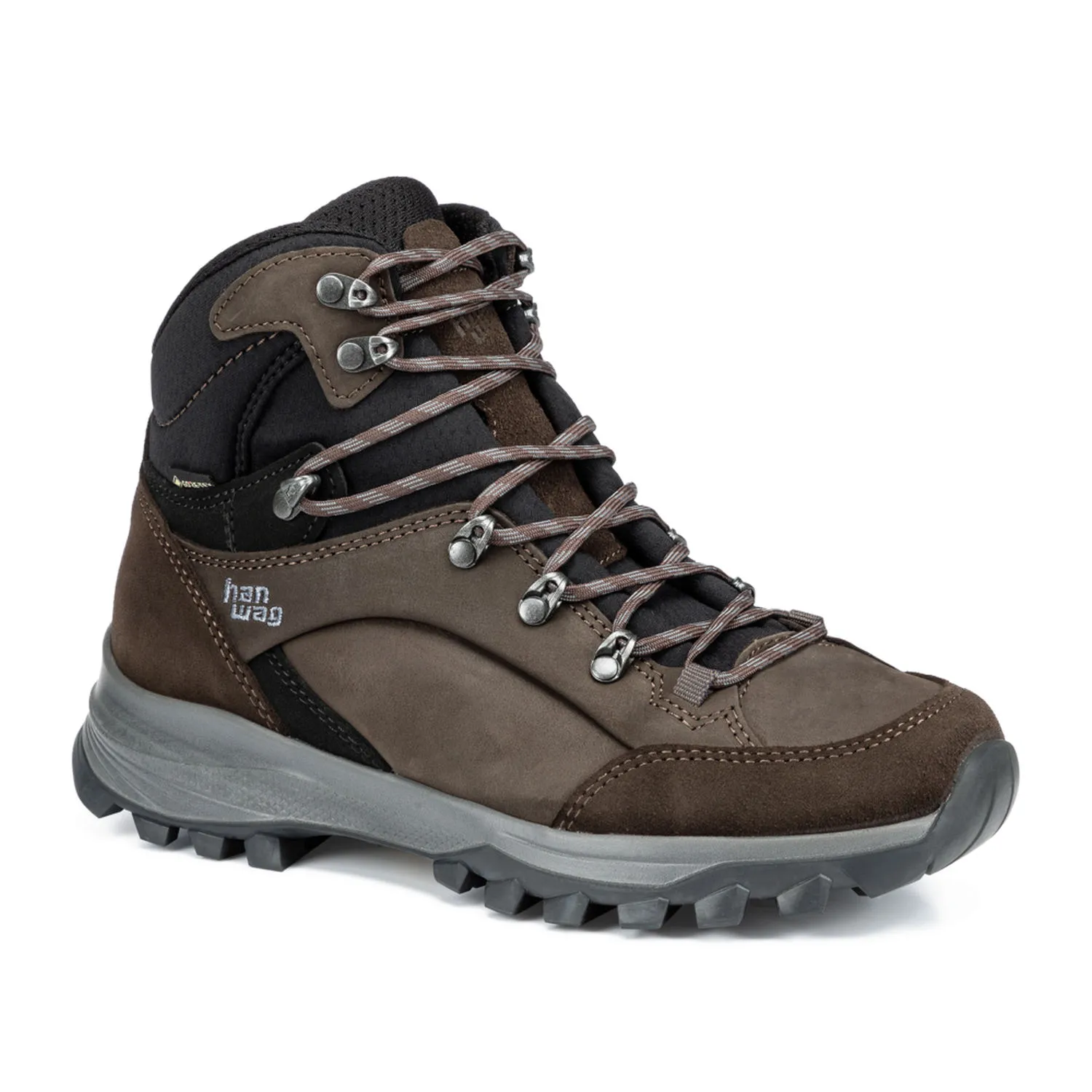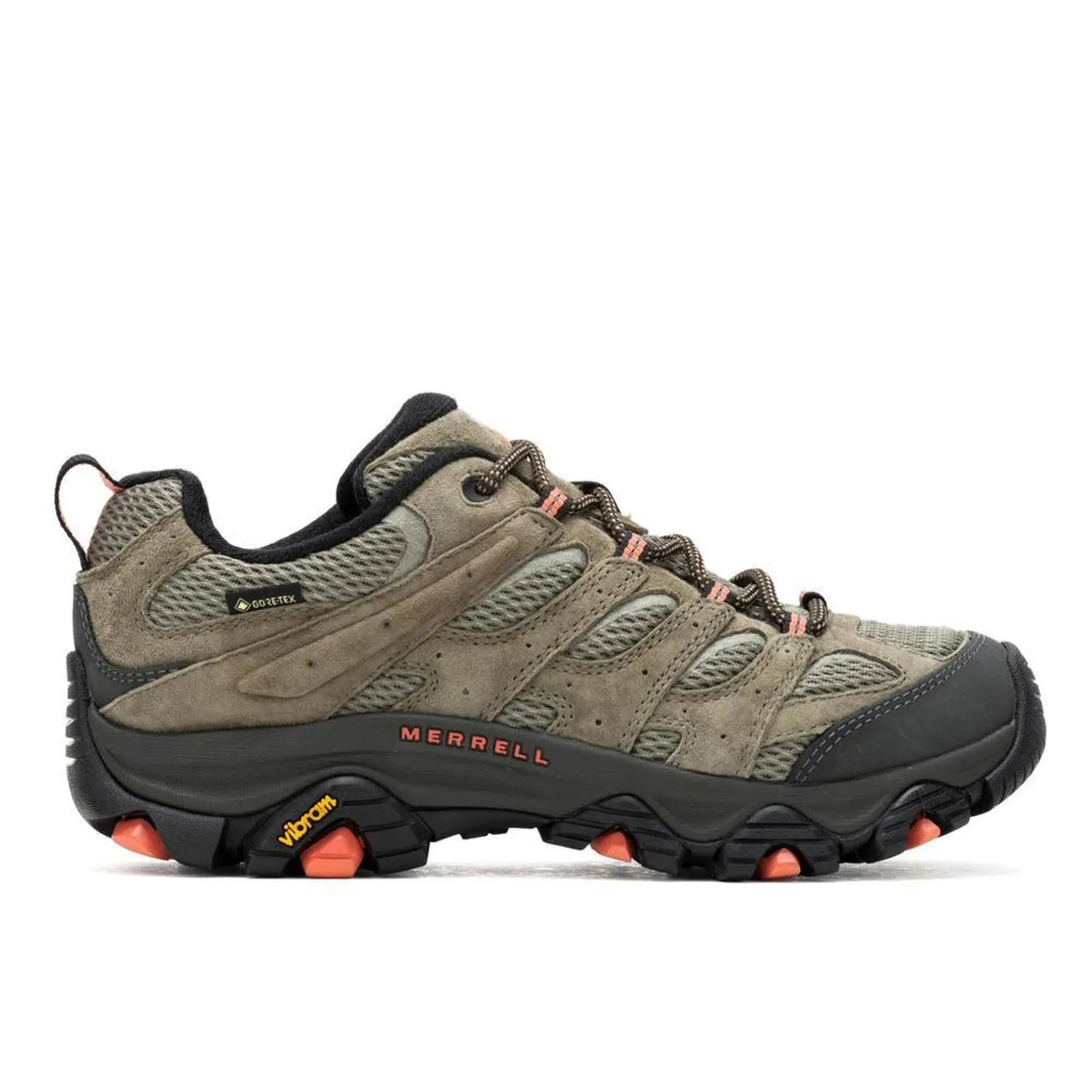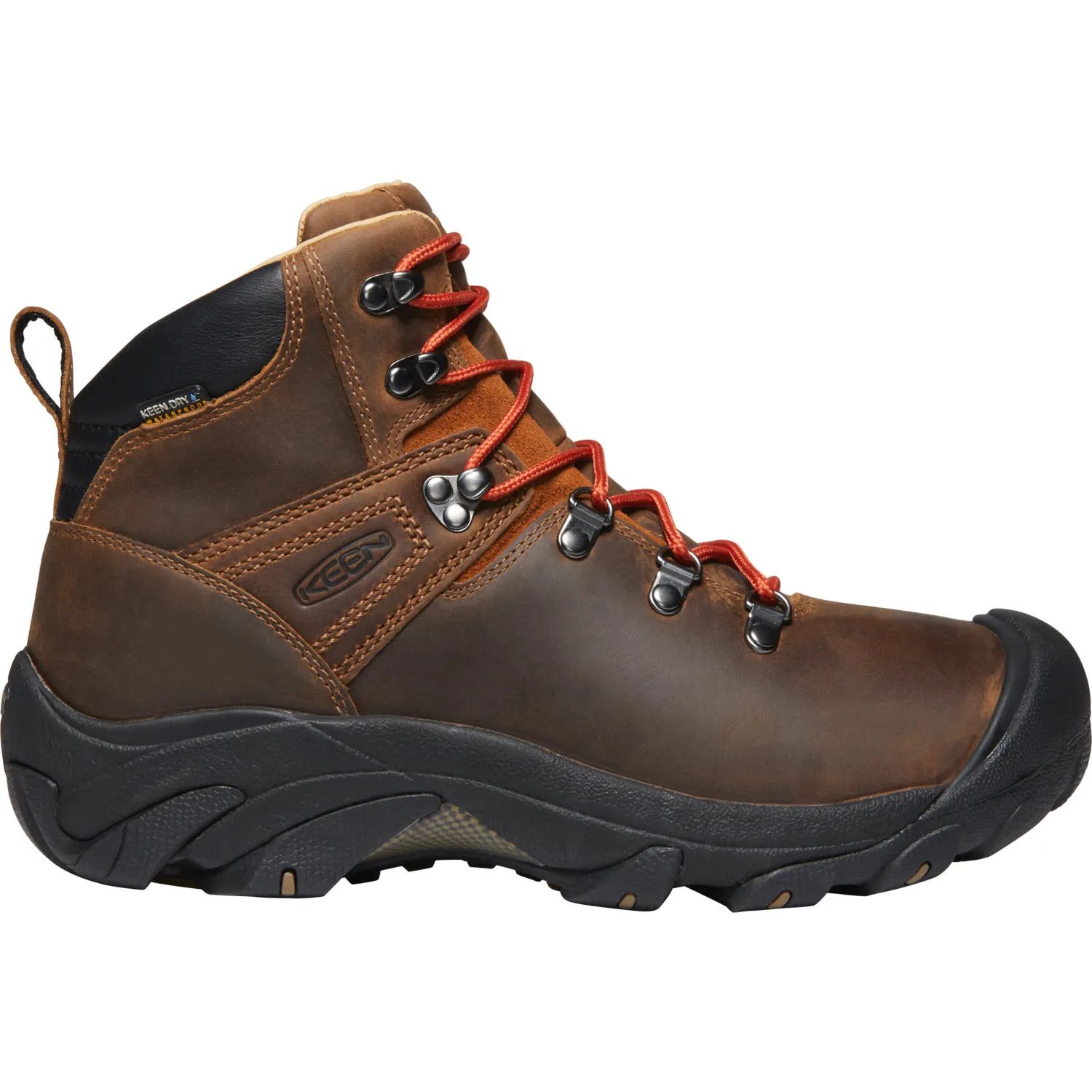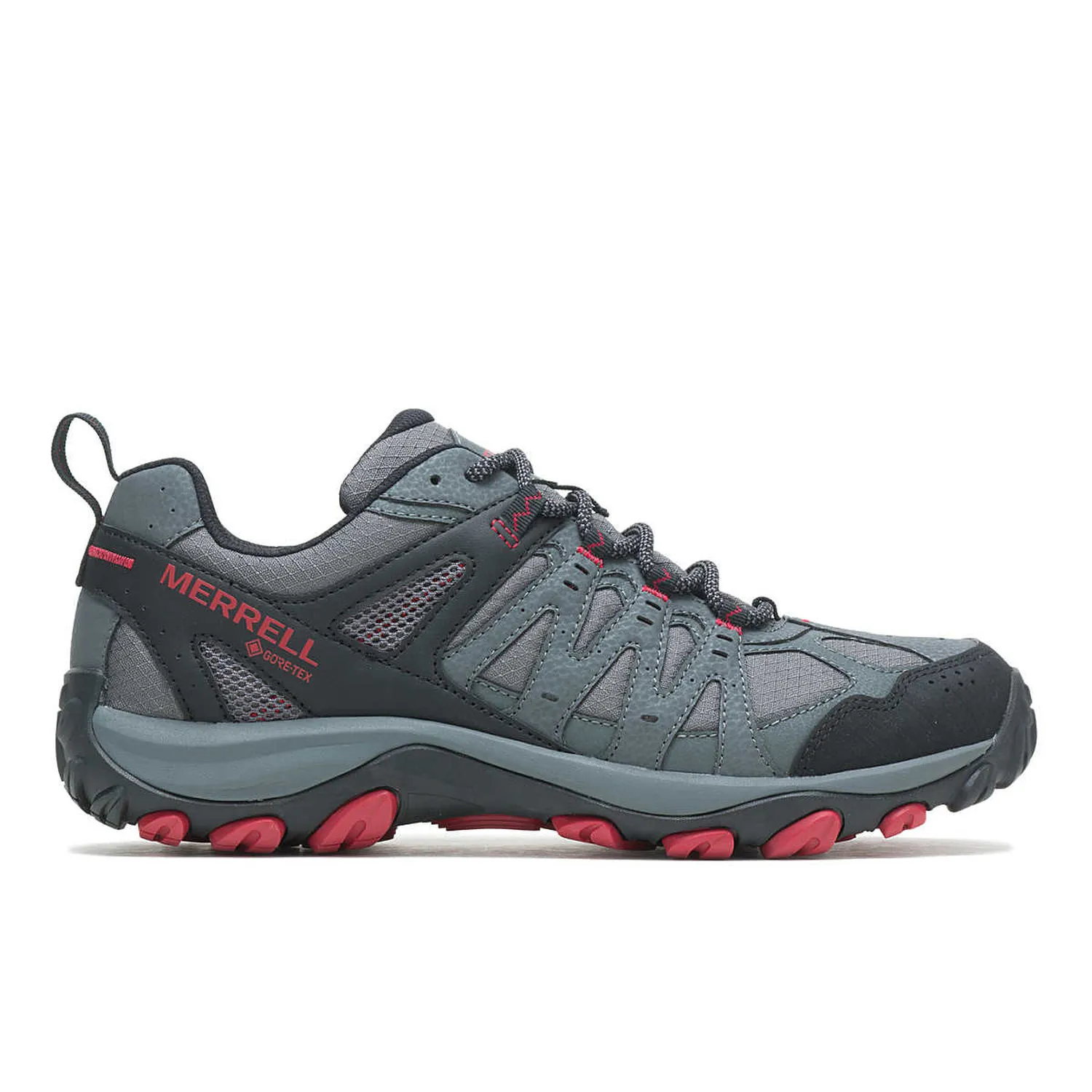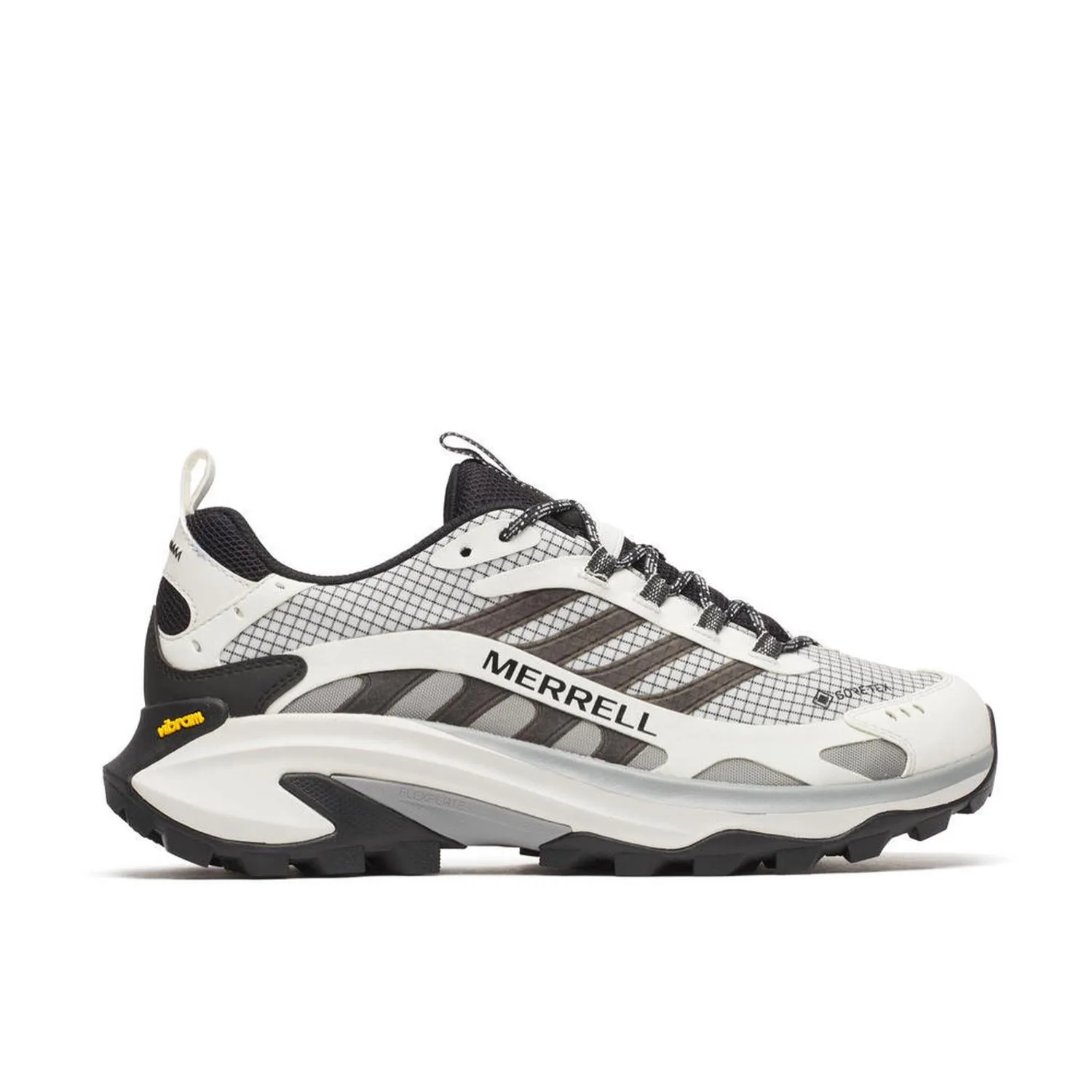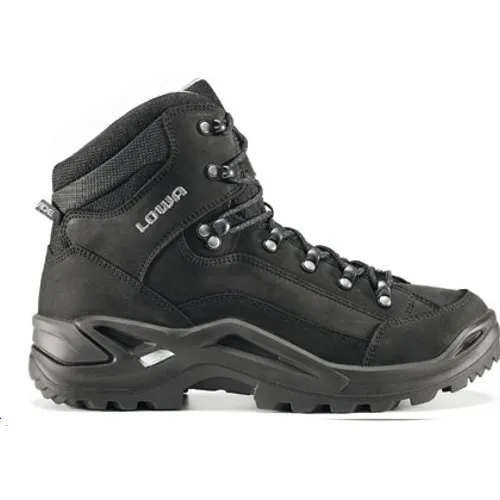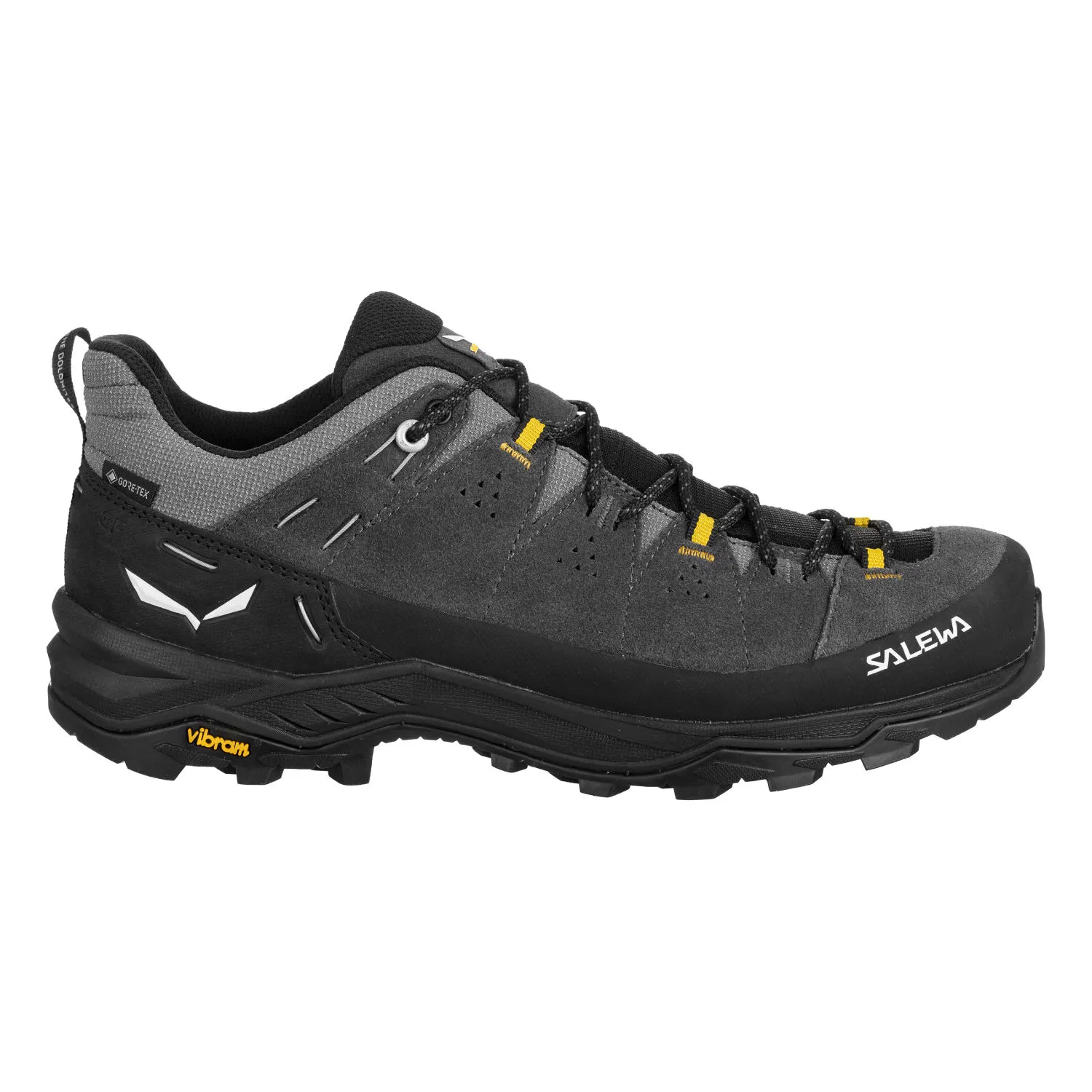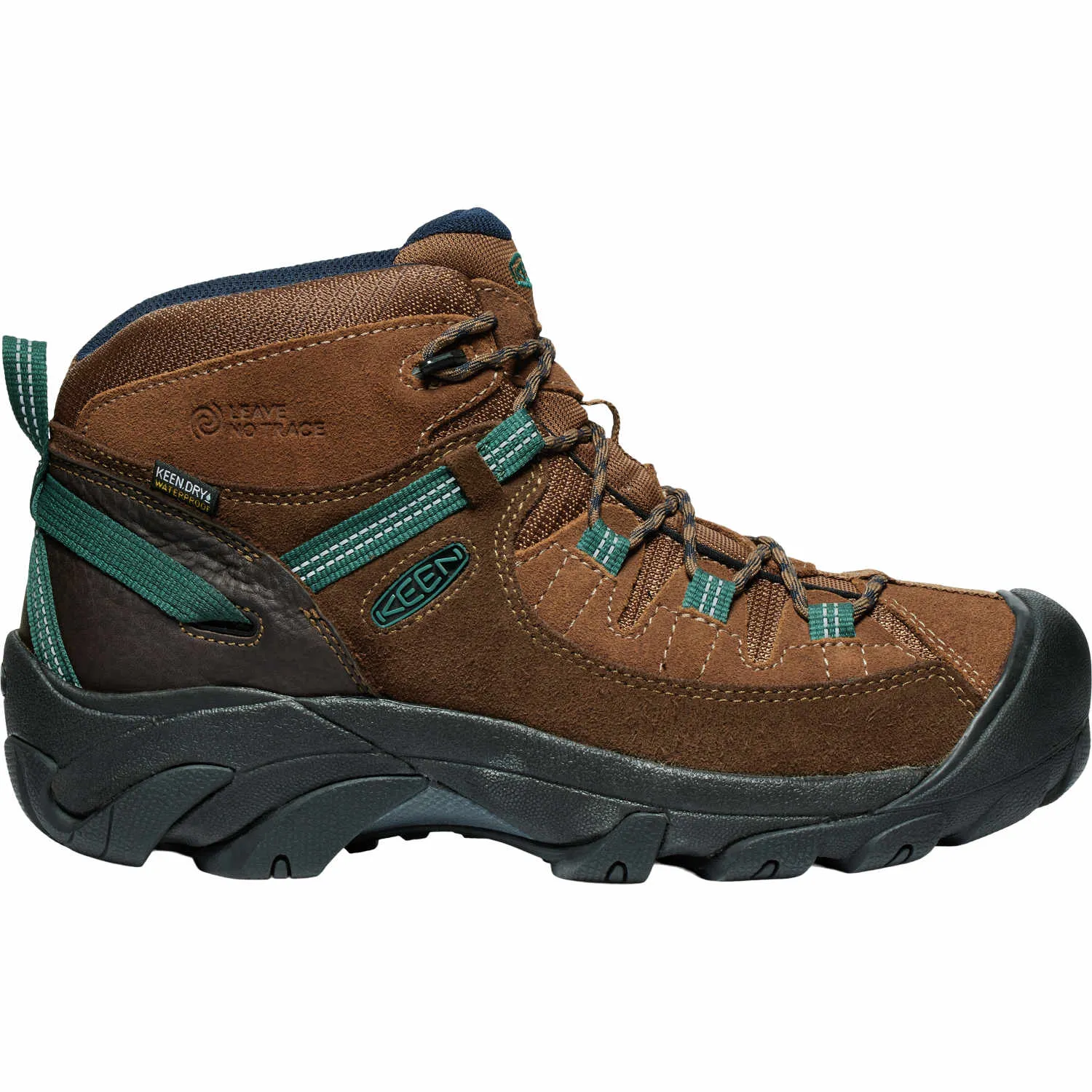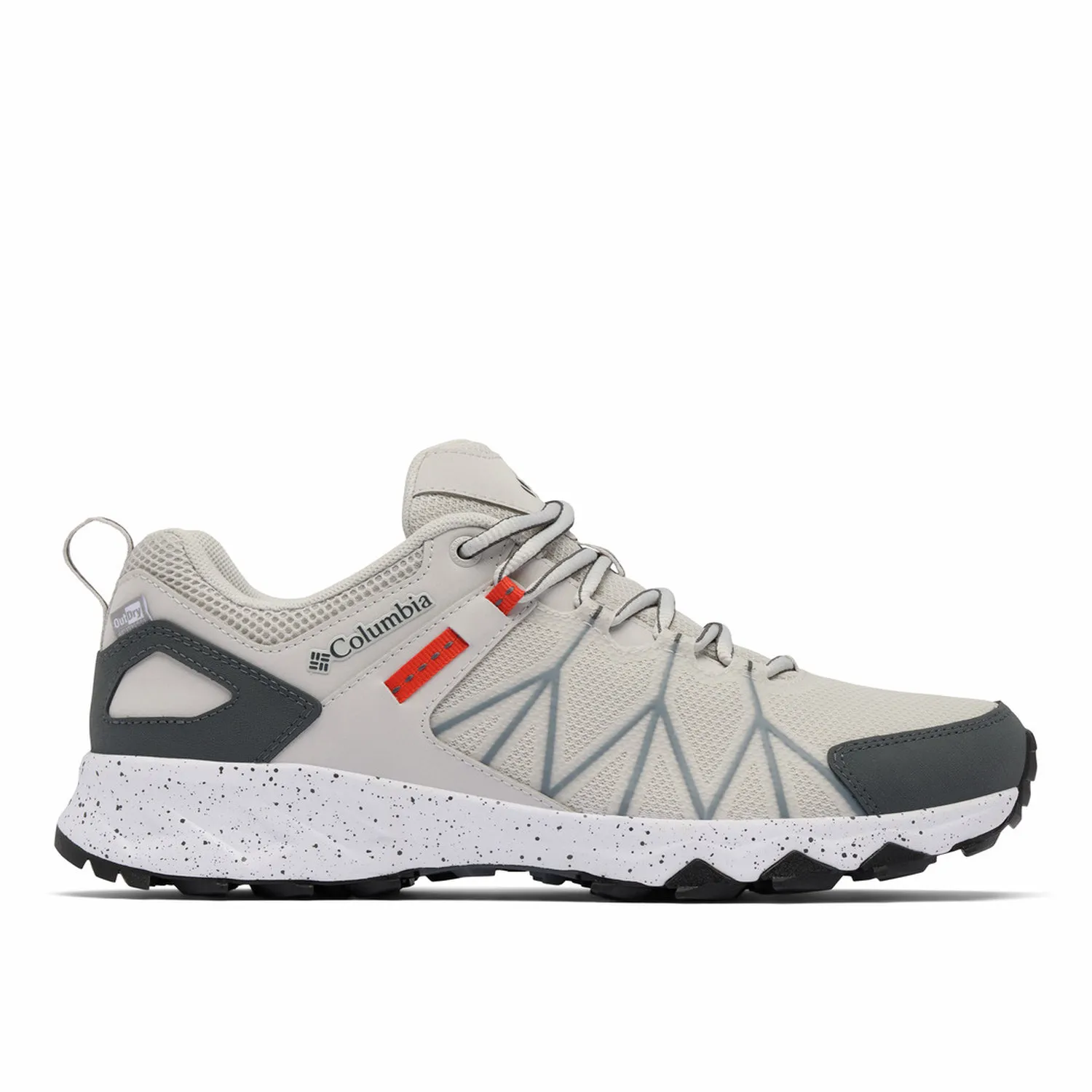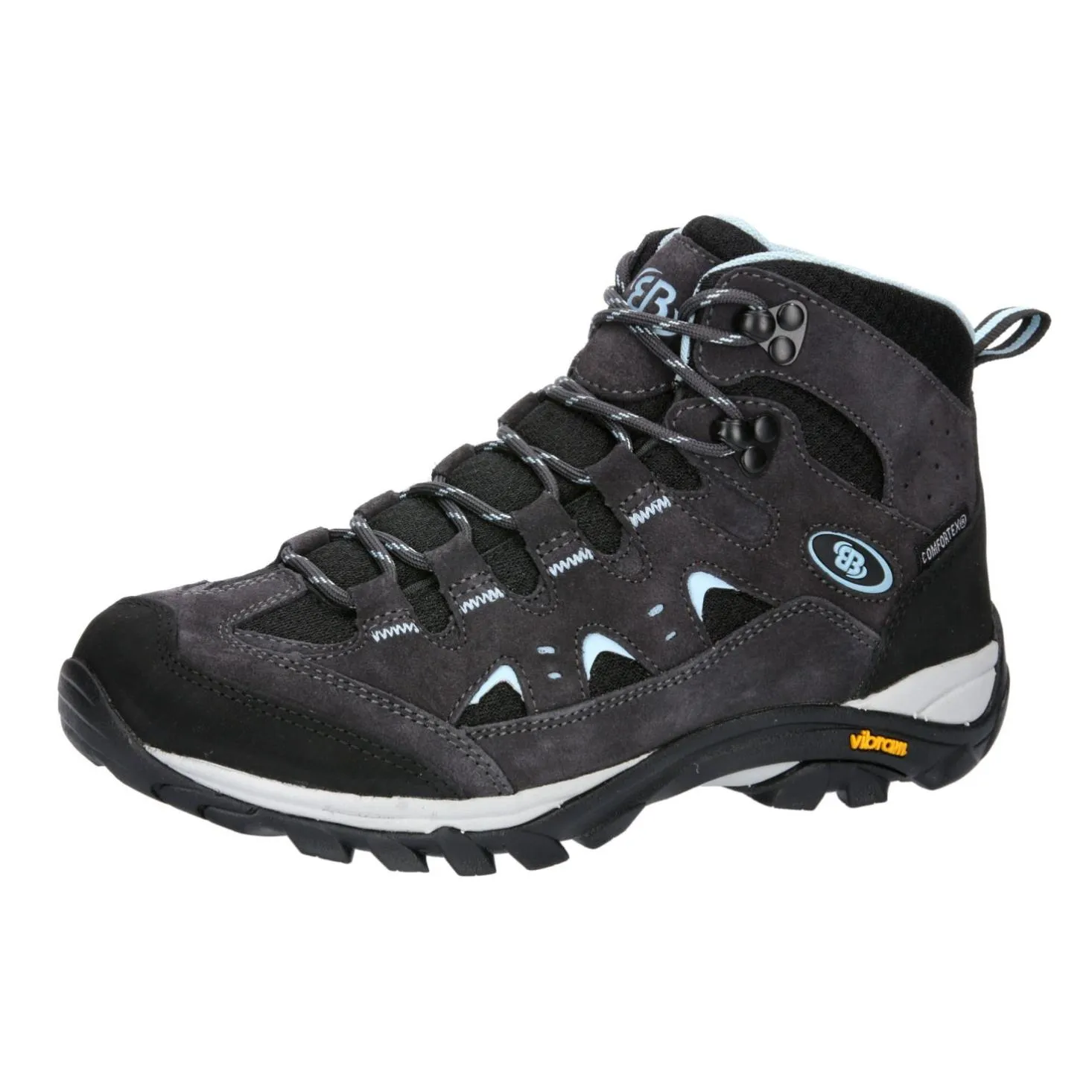Hiking boots
Buy hiking shoes at doorout.com
Looking for the perfect outdoor shoe for your next hike? You're sure to find it at doorout.com. Here you'll find a large selection of hiking boots for all kinds of uses. For men, women and children - there's the perfect shoe for everyone.
Do I even need hiking boots?
Why not just hike in trainers? Of course it is possible to hike in trainers, but depending on the hike, it is not particularly advisable. Sure - you can certainly do shorter hikes in easy terrain and walks with trainers - but for medium to longer tours it is definitely worth investing in good hiking boots. Why? - Because hiking boots have some functions and features that trainers cannot offer.
Features of hiking boots
In terms of tread resistance, weather resistance, safety and comfort in particular, trainers generally cannot compete with hiking boots.
Support function: Hiking boots are designed to hold and support the foot. Especially on tours away from wide and well-surfaced hiking trails, hiking boots help to ensure that your foot has enough support.
Sure-footedness: In contrast to conventional sports shoes, the soles of hiking boots are particularly slip-resistant. This also helps to keep you safe on scree and rough terrain.
Relief: Hiking boots are designed for longer tours on foot. They are designed to protect and relieve your joints as much as possible and to cushion your steps.
Weather protection: Ordinary sports shoes offer no special protection against the wet and cold. Hiking boots, on the other hand, do. Hiking boots protect your feet from wind and weather and keep them dry and warm - even in bad weather.
What should I look out for when buying hiking boots?
How can I recognise a good hiking boot? Which hiking boot meets my requirements?
The right hiking boot size
A hiking boot should never be tight or pinchy. Also bear in mind that you may be wearing thicker hiking socks. It is therefore advisable to buy hiking boots one size too big rather than too small.
Low shoe or high shoe?
Does the shaft of the shoe have to go over the ankle? - We generally recommend hiking boots with a high shaft. These offer the foot and ankle much more stability than a low shoe. However, if you are only travelling on easy terrain on shorter hikes, a low shoe may also be sufficient.
The right material
Hiking boots are usually made from nubuck leather or suede. Suede leather is particularly popular for alpine mountain boots as it is very durable and robust. Nubuck leather, on the other hand, is more flexible and breathable. Overall, hiking boots made of leather offer a very pleasant climate. However, they also require a lot of care and dry more slowly. Synthetic materials, on the other hand, are easier to care for and generally cheaper. However, they also wear out more quickly. Many manufacturers use Gore-Tex membranes, which are incorporated between the outer material and the inner lining and protect against wind and water. However, it is also harder for your own body heat to escape, which can lead to increased sweating.
How to care for and clean hiking boots?
To ensure that your hiking boots last as long as possible, you should care for them properly and clean them gently.
Cleaning hiking boots: Are your hiking boots dirty after a hiking tour and need to be cleaned? Then it's best to remove the laces first and then brush off the dirt with a root brush. Finally, you can wipe them down again with a damp cloth.
Allow your hiking boots to dry: Before storing your boots, leave them to dry in a corner of your home for a few days. However, please do not leave them directly next to a radiator. The warm heating air makes the leather brittle and fragile.
Caring for hiking boots: Once the boots are dry, you can impregnate them with special care products. You can find wax and care products for your hiking boots in our shoe accessories section.
Storing your hiking boots: Store your hiking boots in a dry place.
Break in your hiking boots
Finally, a tip that you should follow before your first hike with your new hiking boots: Break in your hiking boots thoroughly before you go on a longer hike! This will prevent blisters and pressure points. You'll also get a feel for whether you should get some hiking socks after all.
Click here for our detailed hiking boot guide

























